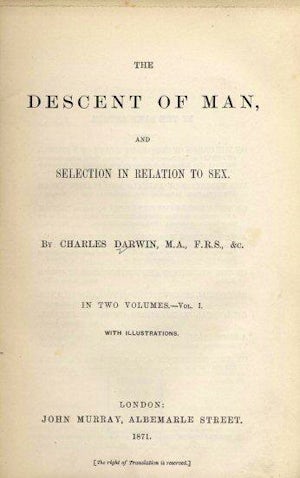July 29, 1959 Britain’s Mental Health Act was passed by Parliament, and all other statutes and laws pertaining to the treatment of lunacy and mental deficiency were repealed. This Act was the result of the deliberations of the Royal Commission on the Law Relating to Mental Illness and Mental Deficiency, 1954-1957.
The Act was designed to make treatment for mental disorders voluntary and informal, to clearly define cases in which compulsion to treatment may be necessary, to give a proper legal framework for that compulsion, and—as much as possible—to shift care from institutions to the community.
The Act introduced for the first time the broad category “mental disorder,” which it defined as “mental illness; arrest or incomplete development of mind; psychopathic disorder; and any other disorder or disability of the mind.” It defined those subcategories for which compulsion to treatment would be justified as “mental illness; severe subnormality; subnormality; psychopathic disorder.”
According to the Act, an application for compulsory admission to hospital required the recommendation of two doctors, and one of those doctors was required to have special psychiatric experience. That application had to be made by a family member or, if a family member was not available, by a mental welfare officer (and that office had to contact and consult a relative). This was a departure from previous legislation, which had allowed magistrates and doctors to certify individuals as insane without contacting the patient’s family. Compulsory admission was limited to a period of 28 days, which, according to the Act, provided sufficient time to either reach a diagnosis, or, in the case of psychosis, to allow the patient to recover. The Act made a special provision for emergency applications for compulsory admission: these only required the recommendation of a single doctor, but were only valid for 72 hours.
Finally, the Act required that Medical Review Tribunals consisting of at least one medical, lay, and legal member be set up in each regional hospital board area. If a patient, or that patient’s family, thought that they had been incorrectly subjected to compulsory treatment they could appeal to this board for discharge.
-Caroline Lyster
Ministry of Health: Mental Health Act 1959 General Policy, Registered Files. (n.d.). The National Archives. Retrieved from http://discovery.nationalarchives.gov.uk/details/r/C10978.
Special Correspondent. (1959). The Mental Health Act 1959: A Practitioner’s Guide. British Medical Journal 2(5164), 1478-1480. Retrieved from http://www.ncbi.nlm.nih.gov/pmc/articles/PMC1991107/?page=1.
History of Legislation on Disability. (2012). Rescare. Retrieved from http://rescare.org.uk/history-of-legislation-on-disability/.
 1869:
Galton publishes Hereditary Genius
1869:
Galton publishes Hereditary Genius
 1871:
Charles Darwin publishes The Descent of Man
1871:
Charles Darwin publishes The Descent of Man